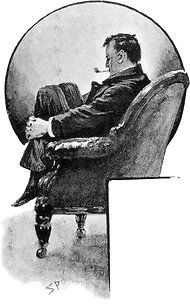Trip to Mars in pretend spaceship on Moscow industrial estate affects sleep, activity levels and motivation of six-man crew

© Agence France-PresseMembers of the Mars500 crew relax on the fake spaceship in Moscow.
As the cheerless skies and grim economy sap all will to return to work, take heart that even on a trip to
Mars, it is hard to get out of bed in the morning.
The drudge of interplanetary travel has emerged from research on six men who joined the
longest simulated space mission ever: a 17-month round trip to the red planet in a pretend spaceship housed at a Moscow industrial estate.
Though chosen for the job as the best of the best, the would-be spacefarers spent more and more time under their duvets and sitting around idle as the mission wore on. The crew's activity levels plummeted in the first three months, and continued to fall for the next year.
On the return leg, the men spent nearly 700 hours longer in bed than on the outward journey, and only perked up in the last 20 days before they
clambered from their capsule in November 2011. Four crew members suffered from sleep or psychological issues.
"We saw some problems," said
Mathias Basner, of the University of Pennsylvania, who studies the effects of sleep-loss on behaviour. "There were no major adverse events, but there could have been if the stars were aligned in a certain way."
The $10m (£6.2m)
Mars500 project, run by the European
Space Agency (ESA) and the Russian Institute for Biomedical Problems, launched, metaphorically, when the hatch to the mock-up spaceship closed behind three Russians, two Europeans and a Chinese man in June 2010. The men spent the next 520 days in windowless isolation. Their only contact with the outside world was over the internet and by phone lines that carried a delay of up to 20 minutes, to mimic the time it takes radio waves to reach Mars from Earth.

Comment: The proper stimulation of anatomical and social features involved in the polyvagal system through breathing exercises, allows us to balance up and unlock our social engagement capabilities and heal imbalances of the autonomic nervous system which are related with depression, anxiety, trauma, mood problems and others. It is in fact one of the reasons as to why our Éiriú Eolas breathing program has had profound healing effects in its practitioners. Stimulate your polyvagal system right away at eebreathe.com.